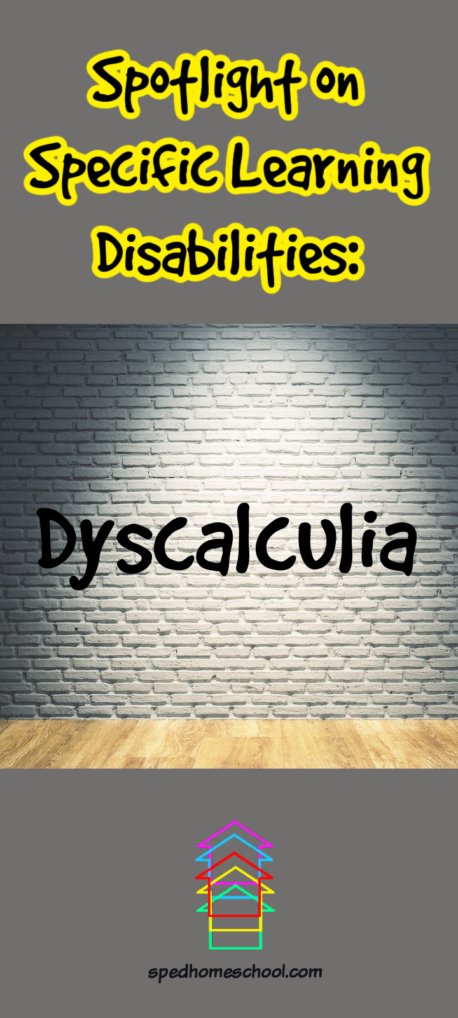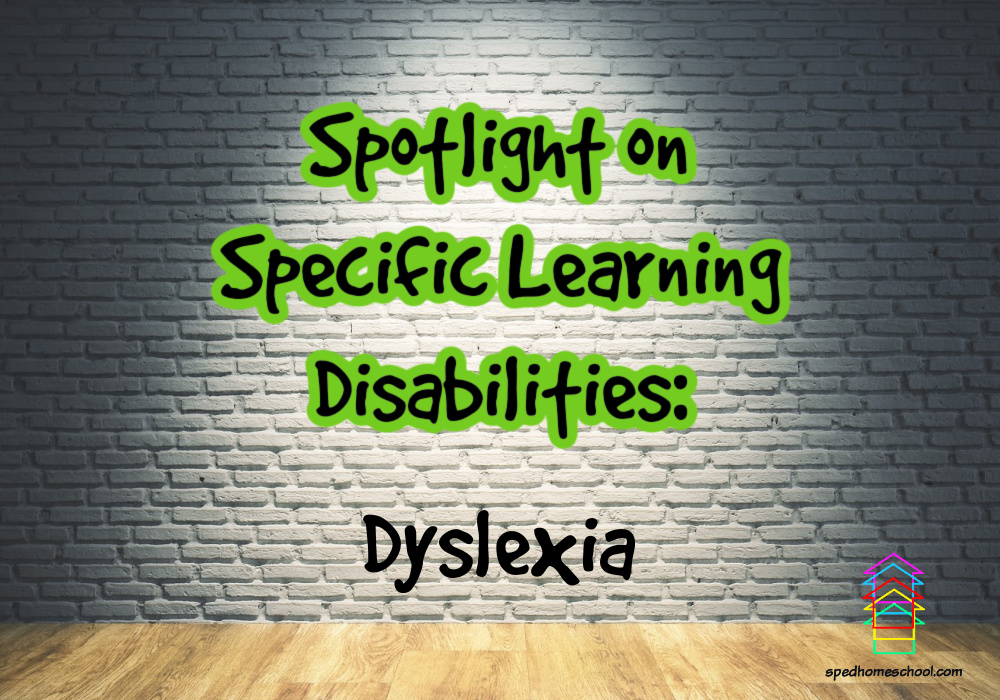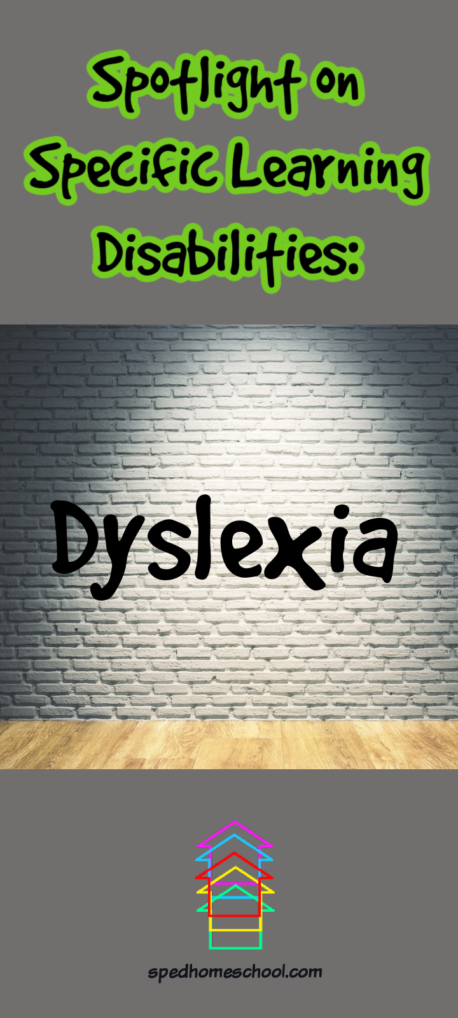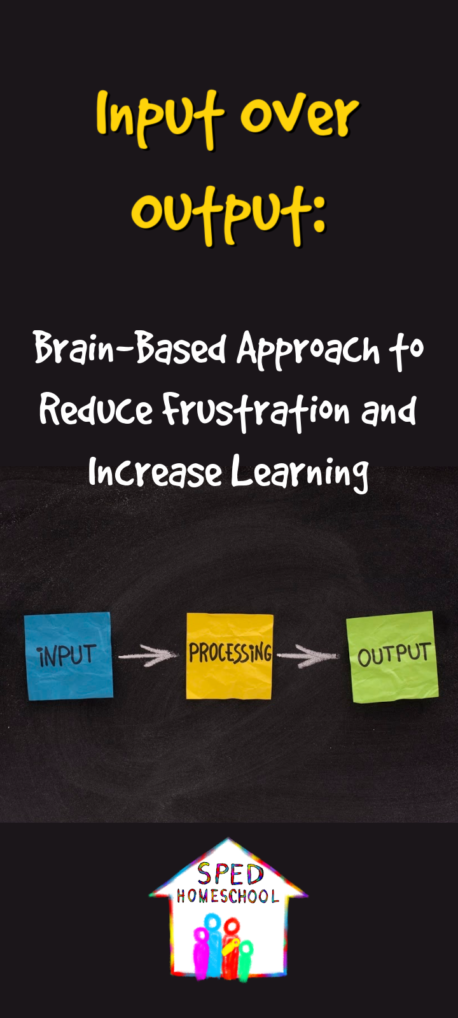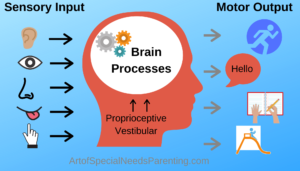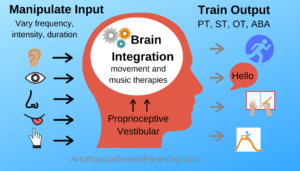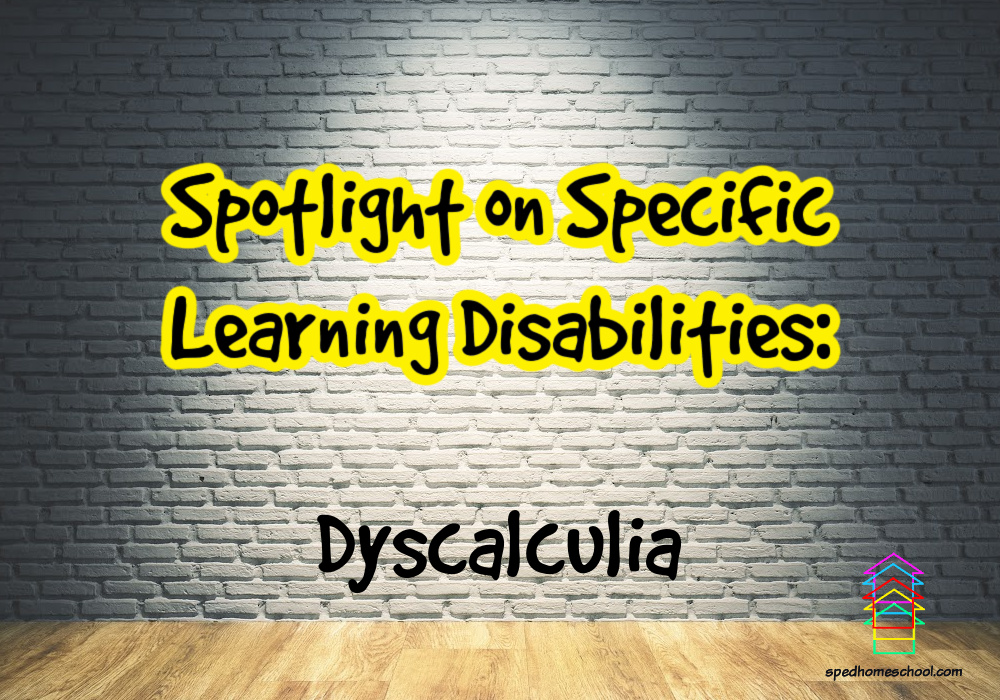
by Faith Berens, M.ED. Dyslexia and Reading Specialist, HSLDA Special Needs Consultant and SPED Homeschool Board Member
As a very young student, I struggled with mastering and recalling basic addition and subtraction facts. At 9 years old, I still had failed to grasp the foundation of place value. I had a very difficult time conceptualizing and visualizing mathematics-numbers were simply symbols on a page—they did not carry any meaning. It literally “would not compute” because the symbols did not turn into pictures or translate into a meaningful concept.
I continually thought, “Am I stupid? Is there something wrong with me? Why didn’t God make me smart like my older sister who flew through her school work with ease making A’s?” In my mind, I was a failure; I was not good at math, and never would be.
But along came hope…I vividly remember the day when my third-grade teacher, Mrs. Gingery, began the process of unlocking the mystery of math for me. She gently and quietly led me to the carpet and pulled out the popsicle sticks, while the rest of my peers quietly worked on their math worksheet at their desks. “They all get subtraction with regrouping….so why don’t I? They can remember their math multiplication facts….so why can’t I? Maybe I am just not as smart as them…”
I am so grateful my teacher did not berate or belittle me. Instead, she was calm, patient, and compassionate. She obviously understood that the traditional way of textbook learning and rote memory was not working for me, so she changed her approach, demonstrated concretely, with modeling and repetition so that I could understand the concepts, the “why” behind the process, as well as engaged multi-sensory teaching with me. These methods of teaching were invaluable in unlocking math for me. Despite solid teaching in the elementary grades and even remediation classes in middle school, my math challenges continued.
In fact all through high school, I continued to wrestle with understanding quantities and fractions, retaining formulas and conversions, and steps in processes for solving equations. These difficulties led to fear, frustration, anxiety, and needless to say, evenings consisting of hours of math homework filled with tears. My mother, who was a single parent, hired a wonderfully gifted math tutor who patiently worked with me. With his support, I was able to get through Algebra 1 and 2 and Geometry. Despite the fact that my high school guidance counselor said I was “not college material”, I was still determined to go to university! One summer, I even took a math course to help sharpen my math skills. However, the road was hard and I still did not know WHY learning math was so difficult for me.
Finally, in my sophomore year of college, when I went to the special student services department to seek assistance with my university math classes and to ask for testing accommodations, the answer to why learning math was so challenging came! One of the educators in the special student services department gave me a diagnosis, “a label” if you will. I was told, “You have dyscalculia.” And as a young adult, with that “label” came a sigh of relief and such freedom! “You mean there is actually a name for this problem?? I’m not dumb? I can learn? I don’t have something wrong with me?” This “label” replaced all the other labels and lies I had been putting on myself since childhood. Oh the joy and stress relief to finally know—to be able to put a name on this thing that had plagued me for so long! To know what “it” was and that there was help available was a wonderful gift to me and I embraced it. Additionally, I continued to work with the staff and tutors at my university to learn strategies and techniques to help work around my learning difficulties.
Defining Dyscalculia:
Dyscalculia is a specific learning disability and is sometimes referred to as the math version of dyslexia. It is often diagnosed or termed math learning disability or a mathematic disorder. Often students with a learning disability or difference, also have underlying slow processing speed and weak working memory.
According to www.dyscalculia.org, dyscalculia is “defined as a failure to achieve in mathematics commensurate with chronological age, normal intelligence, and adequate instruction. It is marked by difficulties with: visualization; visual-spatial perception, processing and discrimination; counting; pattern recognition; sequential memory; working-memory for numbers; retrieval of learned facts and procedures; directional confusion; quantitative processing speed; kinesthetic sequences; and perception of time.”
As an adult, I still deal with having poor visual spatial skills. So, please don’t ask me to help rearrange your living room furniture because I can’t picture what that couch will look like turned a different angle nor am I good at estimating or “seeing” in my mind’s eye if said couch will fit on the opposite wall! In fact, it wasn’t until well into my 40’s that I learned, through a cognitive development therapy program, to hold a sequence of numbers or an amount in my mind’s eye and then do something with it (visualizing and working memory skills) thus mental math has always been really challenging! Math is still hard for me….but as my good friend and colleague, Dr. Carol Brown says, “Hard is good!” and I am getting better with these cognitive skills and continue to grow and be stretched with games, puzzles, and the hope that the brain can change and learn new pathways!
So, what’s a homeschooling parent-teacher to do when their student struggles with these skills and mathematical thinking?
Practical Tips and Strategies:
- First and foremost, if and when the student is diagnosed with dyscalculia, the parents, as the teacher and administrator of their home school, can allow for student accommodations, such as extra time, use of a calculator, and accessing math reference sheets. The HSLDA Special Needs Consultants encourage families to document these accommodations on a parent written home education accommodation plan and maintain this document, along with the diagnostic test report, in your student’s homeschool file.
- Provide lots of time for hands-on and sensory experiences that build visual memory, visual-spatial, number sense, patterning, etc. skills that are foundational for mathematic thinking
- Use a multi-sensory (visual, tactile, kinesthetic, and auditory) math program/curricula
- Teaching should be systematic, sequential, and explicit
- Allow for repetition and practice
- Model mathematical thinking, problem solving, and relate math skills to real life situations
- Tap into your child’s strengths (such as auditory memory or musical/rhythmic) areas to help them practice math, learn math facts, and memorize math vocabulary and steps in the process
- Play games, such as board games that utilize mathematical skills
- Consider utilizing a math tutor or learning disability specialist, if you need support in teaching your child
- Color code steps in the process, place value columns, and use mnemonic devices, or songs/rhymes, chants and jingles to teach math vocabulary and steps in problem solving, conversions, and formulas
- Your student does not have to simply settle for accommodations and compensatory strategies alone! Consider the fact that a cognitive therapy development program, such as Equipping Minds or Brain Sprints can address and strengthen the underlying weak cognitive skills (working memory, visual memory, visual-perceptual, sequencing, language processing, visual discrimination, directionality, and processing speed) which are causing the math dysfunction
Recommended Math Curricula and Teaching Resources:
- Math U See, as well as their AIM program for remediation
- Ronit Bird’s resources
- Woodin Math
- Dr. Erica Warren’s Good Sensory Learning
- Shiller Math
- Right Start Math
- Math on the Level
- On Cloud Nine Math, available through Gander Publishing
- Hands-On Equations
- Math Vocabulary Cards
- Times Tales, Trigger Memory System
- Right Brain Math Facts
Read another homeschooling mother’s story about her life with a learning disability.
Don’t forget to check out our trusted math curriculum partners.

